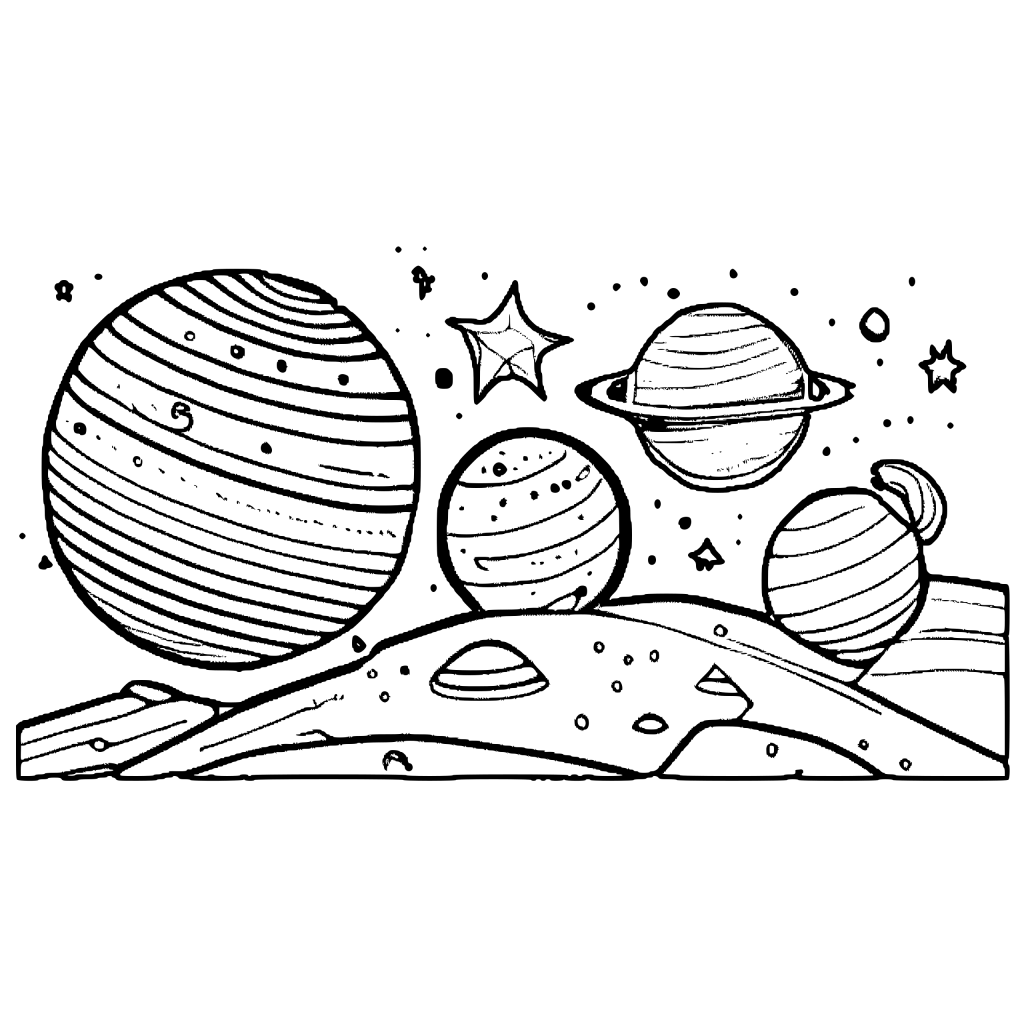Category: Planets
-
SUPER-EARTH
A Super-Earth is a classification of an exoplanet that falls between the mass of Earth and the ice giants like Neptune and Uranus. These planets can consist of gas, rock, or a combination of both, and typically range from about 2 to 10 times the mass of Earth. Click on the link to learn more.
-
DWARF PLANET
© NASA/JPL-Caltech A dwarf planet is a celestial body with planetary mass that orbits the Sun directly. While it is substantial enough to be rounded by its own gravity, it lacks the gravitational dominance required to clear its orbit like the eight classical planets of the Solar System. Pluto, often considered the prototype of a…
-
EXOPLANETS
Exoplanets, also known as extrasolar planets, are celestial bodies located outside our own solar system, typically orbiting stars other than the Sun. Learn about the fascinating methods used to detect these distant planets, explore their diverse range of physical properties, and more.
-
PLANET X
Planet Nine or Planet X, is a theoretical celestial body that is believed to inhabit the outer reaches of the Solar System. Explore the intriguing evidence supporting the existence of Planet Nine, delve into its orbital characteristics, and its formation and potential migration.
-
PLUTO
Pluto, once considered the ninth planet in our solar system, has long captivated the human imagination with its enigmatic status and distant location in the far reaches of our celestial neighbourhood. Delve into Pluto’s intriguing characteristics, from its icy surface to its enigmatic atmosphere.
-
NEPTUNE
Neptune is the eighth and farthest planet from the sun and was the first to be predicted before it was discovered. Dive into the depths of Neptune’s atmosphere, unravel its characteristics, and uncover the secrets of its dynamic magnetic field.
-
URANUS
Uranus is the seventh planet in distance from the Sun and the least massive of the solar system’s four giant planets. Explore the characteristics of Uranus, from its unusual axial tilt to its icy atmosphere, and delve into the dynamics of its orbit and rotation.
-
SATURN
Saturn ranks as the second largest planet in both mass and size within the solar system, and it’s the sixth closest planet to the Sun. Learn about its mesmerizing ring system amd its swirling atmosphere. Delve into Saturn’s captivating features and uncover the secrets of its unique orbit and rotation.
-
JUPITER
Jupiter holds the title of being the most massive planet in our solar system and ranks fifth in distance from the Sun. Learn about Jupiter from its turbulent surface to its iconic Great Red Spot, uncover its defining characteristics and delve into the depths of its dynamic atmosphere and powerful magnetic field.
-
MARS
Mars, often referred to as the “Red Planet” is the fourth planet from the Sun in our solar system and seventh in size and mass. Explore its captivating structure, atmosphere, and magnetic field. Learn about its characteristics and its orbit and rotation around the Sun.
